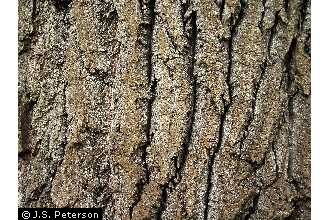MacKenzie Willow (Salix rigida, Salix prolixa), is also sometimes known as Diamond Willow, or Yellow Willow. It is often used in wetland restoration and is important habitat, cover, browsing, and food for wildlife. Beavers prefer to eat willows for food and use them for building material. MacKenzie Willow grows best in fine textured soils with moderate to high levels of water. Bark is light to reddish-brown, glabrous, and sometimes with sparkling wax crystals. The leaves are 1.5 to 5 inches, lanceolate to elliptic, green above, pale and glaucous below, often with finely toothed margins. Fun fact, there are 12 different varieties of MacKenzie Willow!
Height: Up to 30 feet
Bud: Catkins appear with new leaves
Flower Color: White, cream, or yellow
Bloom Time: Spring through early Summer
USDA PLANTS Database Link



















